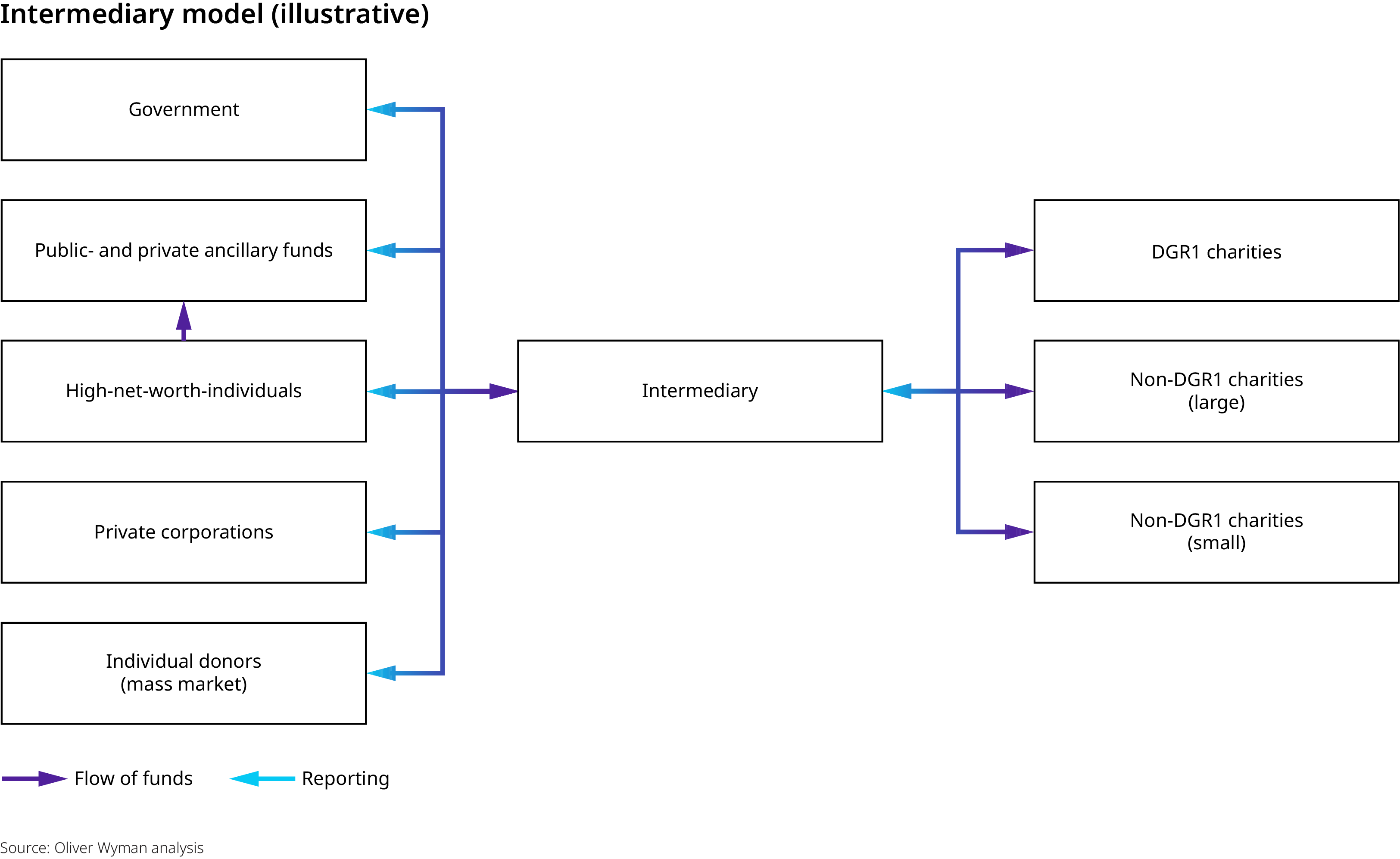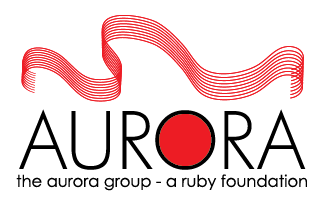The Aurora Group is a New South Wales-based not-for-profit charity that raises funds to support and empower the LGBTIQ community by giving to organisations that might not otherwise be able to access funding. Oliver Wyman was engaged to develop a report assessing Australia's not-for-profit landscape, including that of LGBTIQ organisations, and determine and demonstrate the role of intermediaries in helping to connect funders with fund-seeking organisations.
The report includes deep dives into the LGBTIQ not-for-profit sector, explores the outlook for charities going forward, and discovers trends in the funding and fund-seeking sides of the sector. Finally, the report presents the case for intermediaries, including their unique positioning in the sector and for LGBTIQ causes more specifically.
The report and supporting materials developed by the Oliver Wyman team will enable Aurora to engage the broader philanthropic sector and source more funding for the LGBTIQ community.
Report Summary
Australia’s charity and not-for-profit sector is significant in its importance to the community and the economy. There have historically been two sides of the Australian charity sector: The “funders” providing funds to charitable causes, and the “fund-seekers” looking for funding to perform activities with a charitable purpose. However, as the sector evolves, there is an increasingly clear role for a third player — intermediaries — particularly in the LGBTIQ not-for-profit space.
Funding available in the not-for-profit sector is becoming increasingly “sophisticated”. Funding from the Australian Government (federal, state and local) remains important for the sector with the share of donations from individuals (“mass market” donations) in overall sector funding decreasing. Philanthropic donations from High-Net-Worth Individuals (HNWIs), Private- and Public Ancillary Funds (PAFs and PuAFs, respectively) and private corporations however are increasing in size, importance and influence on the sector leading to an increase in the sophistication of funding available in the sector.
There is a growing number of charities in Australia, but the majority remains small and faces barriers to accessing more sophisticated sources of funding. The number of registered charities in Australia is growing around 4 percent year-on-year with most of these organisations being “small” with less than $250,000 annual revenue (66 percent). There is an increasing mismatch between the funding available in the sector and the access of smaller organisations to that funding is evolving.
Up to 11 percent of the Australian population identifies as LGBTIQ, and yet LGBTIQ organisations receive less than 1 percent of overall sector funding
These challenges are even more pronounced for LGBTIQ organisations, for which funding is largely under-represented relative to the community’s size in Australia. The small and highly unformalised LGBTIQ charity landscape, structural barriers that make attracting and sustaining core funding a challenge, and the lack of prioritisation and knowledge of issues facing LGBTIQ communities means that these organisations are not able to fully access the funding they need. There is still a lot of work to be done to better support the Australian LGBTIQ community, which continues to face significant barriers and challenges.
Intermediaries are emerging to be well positioned to link funders and fund-seekers. Intermediaries exist to more effectively link donors and not-for-profit organisations. They occupy a unique position in the sector through their strong network of grassroots organisations and philanthropic funders. Intermediaries can bridge the knowledge gap for funders, as they are often run by people who are representative of the community and have deep expertise in the issues that grassroots organisations are seeking to address. They also possess the ability to lead, coordinate, and build charity capacity by directing funding to where it is needed the most, and by providing recipient charities with the tools and resources to grow in scale.
Intermediaries also provide efficiency benefits. For funders, intermediaries reduce the burden of research and due diligence on recipient organisations. For charities, they can remove grant acquittal barriers by aggregating reporting.

The intermediary model is well-established overseas but is still emerging in Australia’s not-for-profit sector. There are some good examples of Australian intermediaries, such as the Foundation for Rural & Regional Renewal (FRRR), focusing on funding and capacity building to support at the hyper-local level in rural and regional Australia, and The Sunrise Project, focusing on the transition from fossil fuels to renewable energy. However, despite the benefits they can bring, they still face challenges as they emerge in the Australian marketplace and establish their purpose and presence.
Legitimacy, reputation, and trust are critical for both funders and fund-seekers. To succeed, intermediaries need to draw on their understanding of the intricacies and unique elements of Australian society and the not-for-profit sector, and action key learnings from successful intermediaries from both Australia and overseas. These success factors include social license, clear and transparent purpose and strategy, trustful relationships, seamless “user” experiences, and a learning mindset.
There is a clear and increasing need for intermediaries in Australia’s not-for-profit sector, including in the LGBTIQ space, to more effectively link funders and fund-seeking organisations. To fully tap into the potential of what intermediaries can achieve, scaling such organisations will be an imperative to realise the benefits including more effective resource allocation, diversity in funding to smaller organisations who may need it the most, and increased efficiencies in the funder and fund-seeking organisation relationship.


